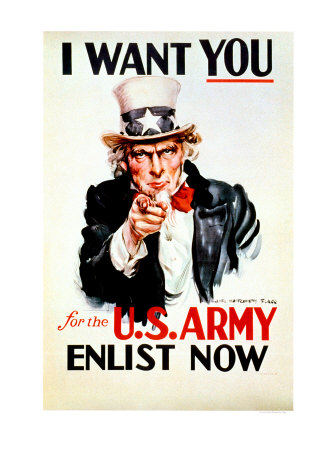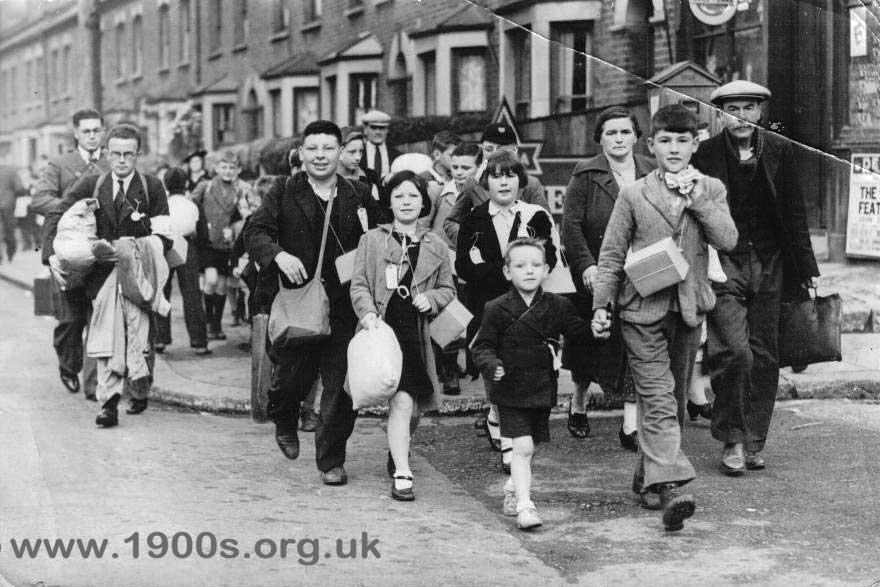1. What was going on in peoples' lives at this time?
The blackout
The blackouts began 2 days before World War 2 began, during the blackout the rules were very strict. Everyone had to cover their windows at night with black material, this was to make it difficult for the German bombers to identify towns and houses during night time raids. Street lights were all turned off and during this time there was a high increase in the number of road accidents as car headlamps had to be blacked out. There was also an increase in the number of people drowning as they walked into ponds and fell off bridges in the dark.
The blitz
During this time, as soon as aircrafts were spotted an air raid siren was sounded to warn everyone that an air raid was on its way. Some families would run down the street to communial shelters and others would hide under tables and stairs. The lucky had their own shelters in the back garden, known as anderson shelters, created from corregated iron. Those near the centre of London could head down to a tube station and hide underground, over time bunk beds and toilets were installed in the stations to make the waiting a little more comfortable. After such raids another siren sounded to give the all clear, this is when people came out to inspect the damage the Germans had done.
Evacuation
During the war alot of children were evacuated from the cities and towns and placed elsewhere in the country side, some parents refused to allow their children to be evacuated and those children stayed in 'danger areas' through out the war.
http://www.1900s.org.uk/life-times-images/evacuation-day2.jpg
Intersection of Silver Street and Windmill Road, Cliff Raven
Date accessed: 20/05/11
Womens Lives
During the war most women began working at factories and 75,000 women joined the land army to help Britain grow more crops. Most of the women who applied for jobs within the army were placed as cooks, drivers, mechanics and secretary's.
Mens Lives
All of those young and fit enough were called up to join the Army, Airforce or Navy. Initially soldiers had to be between 20 and 22 but this was soon changed to 18-41, men were sent as far as Africa, the far East and Europe. Some men were gone so long that family members didnt even recognise their loved ones. Men who had careers in science and engineering were not sent to war as their jobs were too important and their lives could not be risked. The men who were not fit enough sometimes volunteered as ARP Wardens and fire fighters.
How did this effect Propaganda and design?
Here are some of the propaganda posters and pieces of art that would have been in circulation during the time of the second world war.


Both of these posters were common in America during the second world war, they were in circulation from 1939-1945, they were aimed at the general population. They were meant to help people realise what they were fighting for, a free America. The second poster was used to help make people feel they were absolutely vital to winning the war, which they were, but by saying " I want you" it felt more like a personal message. This poster is well known around the world and commonly seen.
Both poster from http://www.world-war-2-planes.com/propaganda-posters-in-ww2.html
date gathered: 26/05/11
author: unknown

This poster was created to warn people about speaking carelessly in public, during the war many people were worried about spies, and posters like this were created to warn people that a spy could lurk in any place, so keep all information to yourself. Giving away information in a public place could cost lives, and posters like this just helped to remind people a spy could be right next to them, I think this is a pretty clever poster as they are in a pub, a normal place for men to meet, and maybe one of the main places information could be accidently spread. So creating a poster such as this would have helped all information be kept under wraps.
poster from : http://www.postersofwar.co.uk/
date gathered: 26/05/11
author: unknown

This poster was created to warn people of black markets, and get members of the public to help shut down all of the black market traders. During the war ration stamps were very valuable and some people would try so many things to get around having to spend them on everyday food. Some people who had connections would sell food for very high prices and this would have an impact on the whole system, by creating this poster it helps the government regain control of all food flow and make sure all families were getting enough food and werent being offered illegal foods on the black market.
poster from: http://www.postersofwar.co.uk/
date gathered 26/05/11
author: unknown

Here is another version of the poster above, created by James Montgomery Flagg in 1940. It was created for the Army Recruitment Bureau. The artist based the illustration upon himself for this poster, which was used during the first world war and then revived during the second world war. This poster has been described as the best know of any era.
gathered from: http://cache2.allpostersimages.com/p/LRG/11/1146/FVVM000Z/posters/flagg-james-montgomery-i-want-you-for-the-u-s-army-c-1917.jpg
date gathered: 26/05/11
author: James Montgomery Flagg
date created: 1940

This poster, created in 1942, was designed to make the war personal. Showing the possibility that the war could end up in their own back yard if nothing was done about it quickly. Posters like this were of a small size to make them more personal and noticeable when placed on a wall. Normal war posters were of 24 sheet billboard size, but these were created very small in comparison to help them seem aimed at each individual person, rather than the population in genereal.
gathered from: http://americanhistory.si.edu/victory/victory1.htm
date gathered: 26/05/11
Author: Oldsmobile division. General Motor Company
year: 1942
What was going on politically?
During WW2 the British Politician Winston Churchill was in charge of England. He is regarded as one of the great wartime leaders and known as a very poweful and task driven man. He was made Prime Minister twice during his lifetime and was known for many other things. He was an officer in the Army during the second world war, he was also an artist, historian and a writer. To date he is the only British Prime Minister who has ever received the Nobel Prize in Literature and been an honorary citizen of the United States. In Churchills earlier life he attended the Royal Military College, it took three attempts before he passed the entrance exam. He applied for cavelry rather than infantry as the grade requirements were lower and he did not have to learn math, which he disliked. After many years and some awards later, the man ended up leading Great Britain through some of its toughest times and is regarded as one of the greatest figures in the history of this country.
During the time of the war America was just about to come out of the great depression, as the second world war was beginning to start. The country was divided between making deals with Geramany's new leader, Adolph Hitler, and confronting Germany's expansionist goals. After the bombing of Pearl Harbour America were forced to become involved in the war. The rest of this decade were dominated by war. America made many technical advances during the second world war, and one of the greatest is the Atomic Bomb, two of which were dropped on Japan which closed the second world war, and helped America to become known as the most powerful country in the world.
Joseph Stalin became the undisputed leader of Russia 1929 and during the war he helped fight against the German's, although his real goal was to modernise Russia. He could not however modernise Russia as he was scared of the forces within Russia such as the Red Army, who he knew would oppose his ideas, the only way to move them aside and get his plan under way was to remove some of the most powerful men in the force. During his time of leadership he killed all the senior commanders of the Red Army and only 1 marshall out of 5 was left alive. This meant that when Hitler struck the army was all but wiped out, and there was no opposing force left to fight against Starlin's ideas.
research gathered from: http://www.historylearningsite.co.uk/political_leaders_of_world_war_t.htm
www.wikipedia.com
date gathered: 26/05/11
authors: unknown
How did art and design reach the intended audience?
During the war the main way to spread information and propaganda was through the use of posters. Some posters were very large, 24 sheets placed together on a billboard, these were used for very important pieces of information. For the propaganda posters and art, much smaller, personal size posters were created. They were designed to feel as though they directly targeted the person who see's the poster. The small posters and flyers often had information about black outs and army recruitment, the reason black out posters were kept small and individual is because they didnt want any spies seeing the posters on every wall and catch on the fact that people just turn their lights out to avoid being seen. Futhermore the Army recruitment posters were kept small and personal so it seemed like they were like a personal invitation from the Prime Minister to join the army and help the country fight its way through the war. The way the art was spread is very clever and deffinately got the job done.

gathered from: http://booksblog.guidelive.com/archives/2009/01/
gathered on: 26/05/11
author: unknown

Again, thoroughly researched and well written. you have included some iconic posters and propaganda. You're right in that much of the messages given to the public appealed in a personal way - a sense of common duty and a desire to pull together. Interesting piece on the 24 sheet billboard sizing, also keeping some posters small so the enemy couldn't see them! Clever!
ReplyDelete